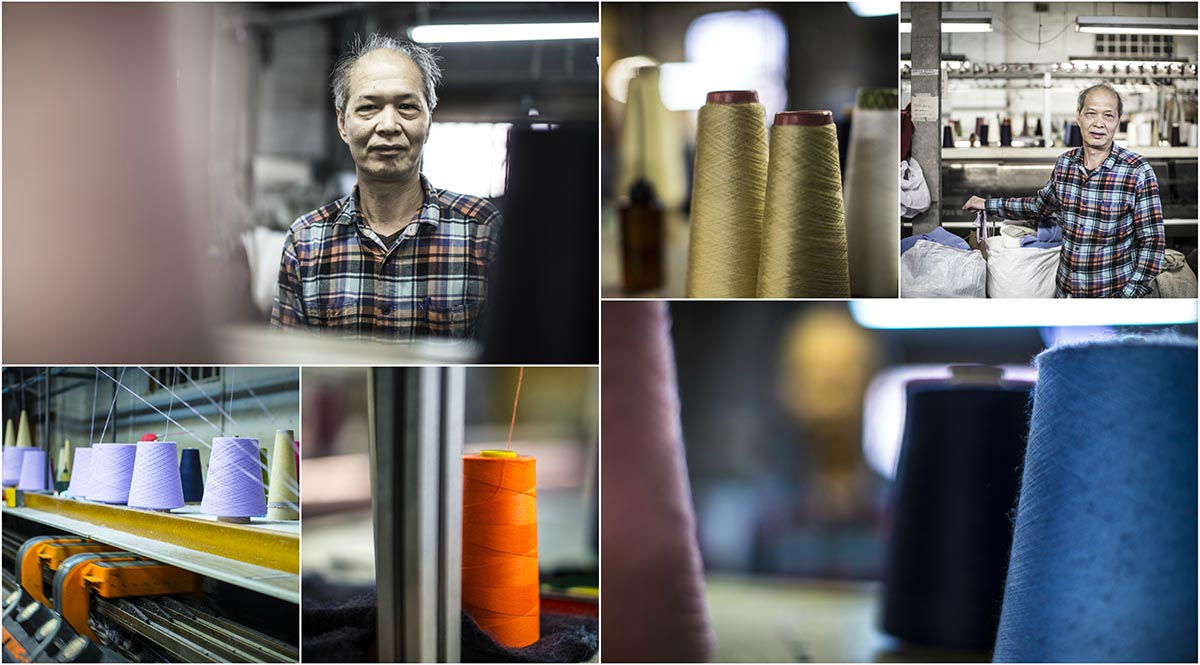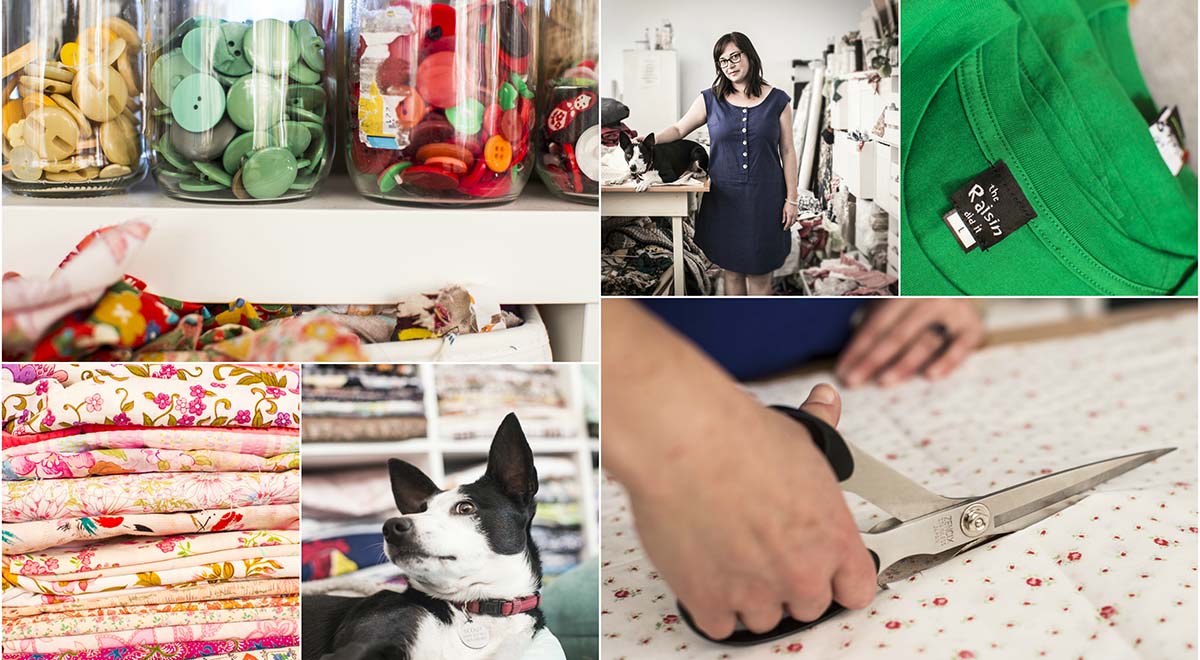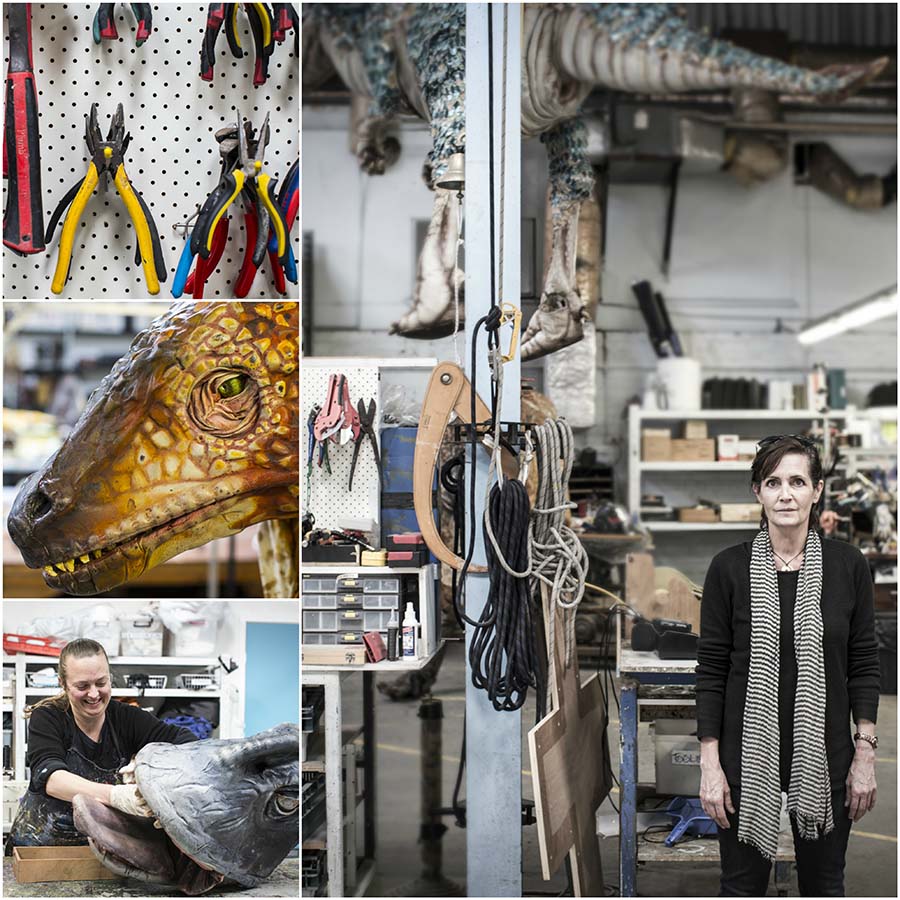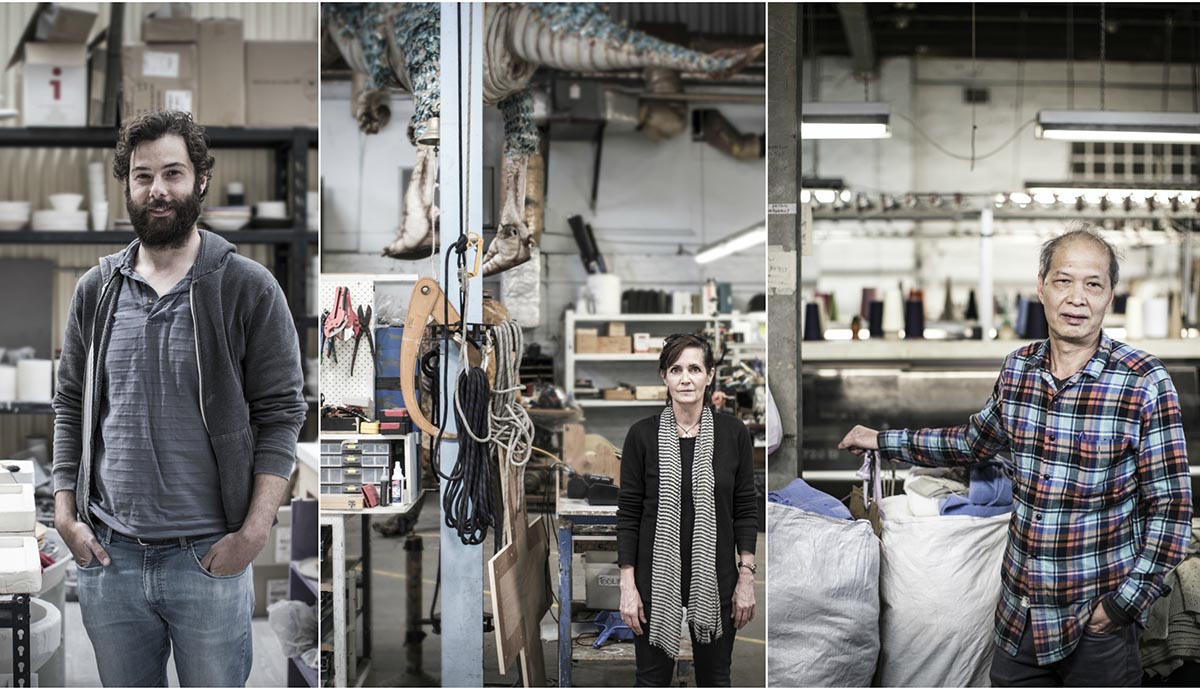August 31, 2017
Should industrial precincts be saved from redevelopment?
Report analyses role of threatened manufacturing zones in fostering creative industries and small business
The old industrial precinct along Carrington Road in the inner-Sydney suburb of Marrickville might not look like much from the outside, but it’s a hidden gem.
The former factories and warehouses are home to a quirky, eclectic mix of enterprises in the creative arts, craft production and manufacturing.
More than 200 micro-enterprises and small businesses are present in the precinct, employing between 1200 and 1800 people. These enterprises cover everything from theatre prop makers, film prosthetics companies, boutique clothes makers and fetish-wear manufacturers to homewares ceramicists, music and photographic studios, jewellery makers, bagel bakers and gourmet sausage makers.
The precinct features Australia’s last intact GM-Holden building from the 1920s, as well as intact Art Deco factories repurposed for creative industries and local makers.
However, this hub of creative small businesses is under threat from urban renewal.
The Carrington Road precinct is caught up in a renewal scheme planned by the NSW Government as part of the Sydenham-Bankstown metro rail corridor redevelopment. In that scheme, Carrington Road is slated for rezoning from industrial land to mixed use, primarily for medium-density and high-rise apartments.

A report by a team of urban planners, economic geographers and design academics from the University of Wollongong (UOW), Queensland University of Technology, Monash University and University of Technology, Sydney, Made in Marrickville (released on Wednesday 30 August), uses the Carrington Road precinct as a case study to argue that Sydney needs to preserve industrial land to support and foster enterprise where the creative industries and manufacturing meet.
An independent report produced for the Australian Research Council Discovery Project: Urban Cultural Policy and the Changing Dynamics of Cultural Production, it will be submitted to the NSW Government, Inner West Council, and peak creative arts and manufacturing groups in an effort to spark debate about how to best foster, rather than lose, one of Sydney’s last unique industrial districts.
If the Sydenham-Bankstown metro rail corridor redevelopment goes ahead as currently envisioned, Sydney will lose vital industrial land, a unique creative cluster, manufacturing heritage, jobs and enterprises; many of which have reported in the study that they cannot move further out and will close their doors or move to Melbourne or Canberra.
The report’s lead author Chris Gibson, a Professor of Human Geography and Director of UOW’s Global Challenges Program, said that government planners need to understand what is lost when places like the Carrington Road precinct are rezoned to make way for apartments.
“While the Carrington Road precinct has a gritty, older industrial aesthetic and is not well-known beyond the local area, it is a vital cog in Sydney’s functioning as a global city,” Professor Gibson said.
“Such icons as the Sydney Opera House, Sydney Theatre Company, the Sydney Gay and Lesbian Mardi Gras, Chinese New Year, and Vivid Festival, all rely on supplier and servicing relationships with Carrington Road enterprises, as do major touring concerts, Hollywood film companies, international touring street art performances and festivals.
“Among the precinct’s enterprises are award-winning companies with Oscars, BAFTAs and ARIA awards among them.”

While many of the businesses in the Carrington Road precinct have an arts or cultural focus, the issue is not one of protecting or subsidising the arts but rather one of keeping industrial land that enabled a manufacturing sector to make a vital contribution to the city’s economy.
“Australian manufacturing is not in decline, it’s just changing form,” Professor Gibson said.
“Manufacturing businesses are more likely to be small-, medium- or micro-enterprises, many of which are tied to design, cultural and craft-based production industries: over two-thirds of all manufacturing employment in Greater Sydney is involved in the making of cultural industry products.
“But to thrive, these manufacturers need access to affordable and physically suitable industrial land within proximity of major economic and cultural hubs.
“Creative industries and manufacturing form a significant sector of investment and employment for Sydney, while contributing to city vitality and liveability.
“At the same time as the Carrington Road precinct is under threat, major cities around the world are proactively planning how they can actively create similar precincts of their own to foster creative industries and small manufacturing enterprises.”

Photographs: Paul Jones
